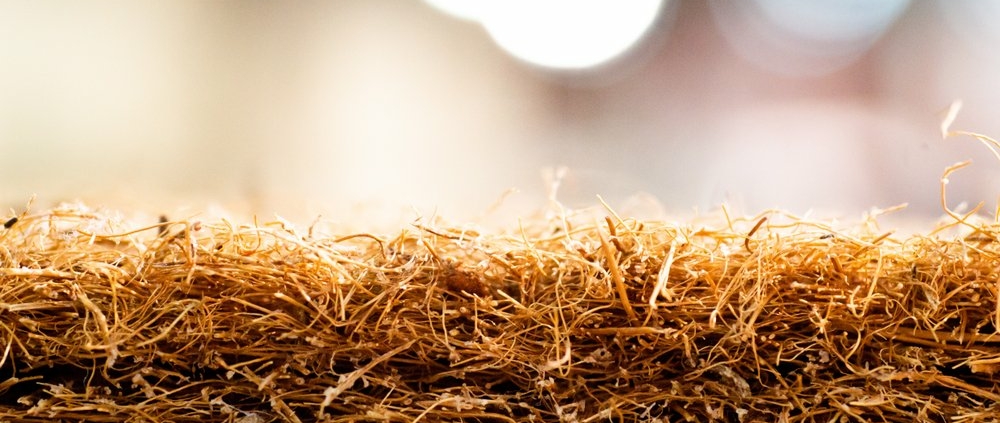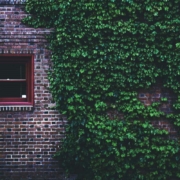PEAT FREE COMPOST
Vivo Piante is committed to reducing its environmental impact, starting with the main material used in plant production: the potting soil.
To this day, several companies still use peat as the main component of potting soil, a particular type of fossil fuel that forms when organic matter decomposes under layers of water over thousands of years.
But let’s take a closer look at why peat is still used in potted plant cultivation.
Its particular composition makes it a suitable element, as it is rich in nutrients that plants need to grow healthy and strong. Moreover, peat makes the soil soft and light and helps regulate the pH level, promoting soil fertilization. Due to these properties, until recently, the idea of replacing it was not considered, especially in the field of plant nurseries. Peat is an excellent material for plants, but sourcing it causes significant environmental damage. Peat bogs are unique ecosystems in the world; they consist of marshy areas that play an important role both in terms of biodiversity and in absorbing climate-altering gases. When an entire swamp is drained to extract peat, it creates an irreversible damage to biodiversity, and the oxygen that comes into contact with the substrate initiates the release of previously absorbed climate-altering gases (CO2 and NO2). Therefore, with its extraction, we not only deprive ourselves of a land that helps reduce the percentage of greenhouse gases in the atmosphere, but also transform it into another source of pollution. At Vivo Piante, we strongly believe in the development of alternative PEAT-FREE substrates that are ecological and eco-sustainable. This is why we have chosen to use a special mix for our potting soil: coconut fiber, coconut pith, wood fiber, pumice, and montmorillonite clay. These inert materials, mixed in the right quantities, guarantee high-quality plants while reducing the environmental impact.
Coconut fiber and coconut pith are obtained from the waste of processing coconut shells and husks. This material is excellent for plant production because its porous structure improves soil aeration, thus preventing water stagnation. Furthermore, it maintains good moisture which is excellent for healthy root development; while in terms of pH, it is fairly neutral and does not degrade easily.
Wood fiber is obtained from the waste material of wood processing. It is an excellent byproduct that can replace peat in terms of its chemical and structural capabilities and its ability to retain air, which improves root development in the early stages of cultivation. Pumice, on the other hand, promotes air circulation and oxygenation, aids in nutrient absorption for plants, and facilitates gas exchange in the root system, in addition to providing structural support and stability for the plants. Furthermore, we have chosen to add montmorillonite clay to help retain water, improving plant engraftment once they are planted.
In order to promote optimal health and growth of the plants, we also add some high-quality microorganisms: Vici Rhyzoteam. These contain mycorrhizae and specific nutrients that are able to increase the plants’ resistance to stress and soil-borne pathogens.
In addition to using peat-free compost, with the aim of developing healthy and robust roots, we have also chosen to grow them in air-pots. This cultivation system increases the root ball aeration, preventing the phenomenon of root spiraling and allowing the roots to develop more quickly and uniformly. The combination of the use of air-pot with our peat-free compost creates a favorable environment for the overall development of the plant, which will grow faster while remaining healthy and robust.
In this way, we manage to have a product with a solid, well-developed root system that can withstand the adversities typically encountered in the initial period after transplantation. Furthermore, from an environmental perspective, the larger, the stronger, and the healthier the plants are, the more CO2 they absorb. The plants we produce grow faster than those cultivated with ‘traditional’ methods and therefore also absorb more CO2 from the atmosphere.





